Related Products
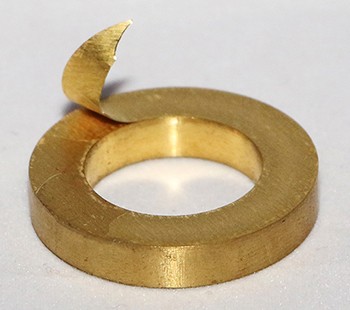
Laminate Washer
Laminate washers are a common component manufactured at Ford Engineering. Machined from our range of laminate sheets, which are produced in-house, the washers can be formed from layers of laminate material, or a hybrid combination of laminate and solid plate. Laminate washers allow our customers to make onsite modifications to be to the component without the need for specialist tools or equipment. This increased productivity and reduces downtime.
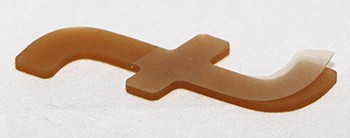
Laminate Shim
This composite laminate shim is an example piece from our Plasipeel range, made from multiple layers of either Mylar, Kapton or PEEK, bonded together to allow the total thickness to be reduced if required by the customer. Each sheet is 0.002 inch (0.05mm) thick, allowing customers to make accurate thickness changes onsite.
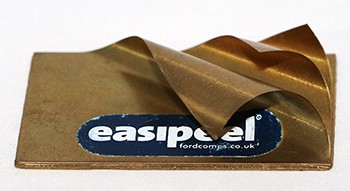
Laminate Plate
This Laminate plate is an example piece from our Easipeel range, available in both standard and hybrid form, with a solid sheet of metal and additional layers of 0.002 inches (0.05mm) which can be removed if the customer requires. This makes laminate components the ideal material to use for spacers or shims, where the required thickness could vary between applications.
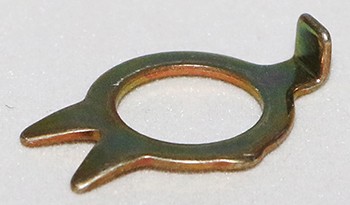
Tabwasher
Tabwasher are produced by our sister company, Ford Components, on behalf of Ford Aerospace. We offer a range of standard tabwasher which we can supply in a variety of shapes and sizes, using pre-existing tooling to enable us to manufacture large quantities, with many being sent for finishing with metal treatments
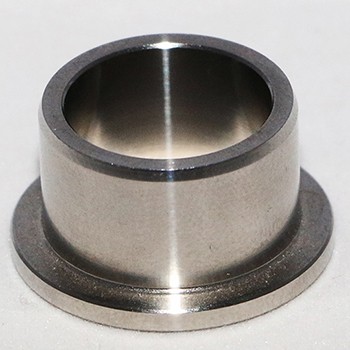
Collared Bush
Collared bushes are another of our standard parts, which we produce in both large and small quantities on our CNC turning machines. The parts are produced from bar and then sent out for heat treatments in order to conform to the customers specification, before receiving either a sample or 100% inspection, depending on the customer’s needs.
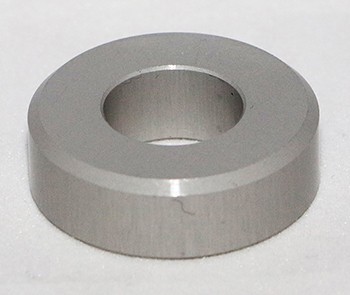
Treated Washer
Washers are a common component found passing through our shop floor due to the capabilities we have – either turning them from solid bar, or pressing them from sheet material. The method used will depend upon the customers’ requirements, with the addition of chamfers and other operations, such as heat treatments or painting, available upon request.
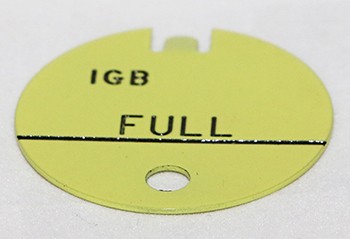
Oil Level Indicator
This oil level indicator is initially pressed from sheet material as a blank, using our dedicated aerospace presses. The profile and text is milled onto the face of the blank due to the importance of its positioning, which could not be achieved using other manufacturing methods. The indicator is then sent out for plating and painting to protect the component during its operational life, as it will be constantly immersed in oil.

Plate
This plate is machined first in the CNC department to produce the required profile. It is then transferred to a conventional grinding machine, which produces a surface finish matching that of the customer’s specification.








